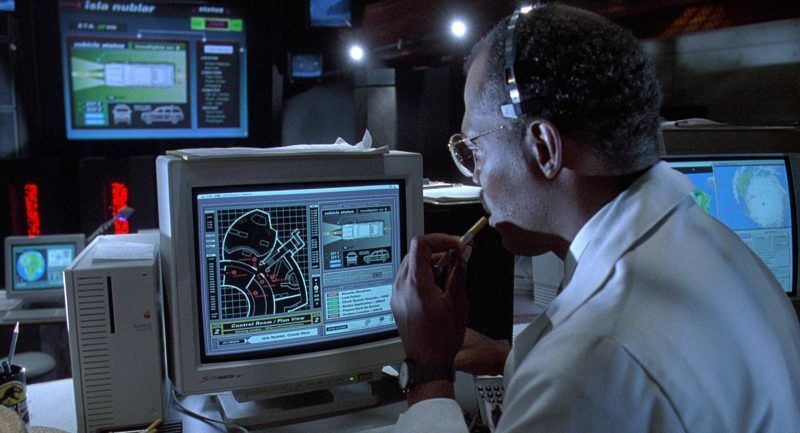Source: Ars Technica

Enlarge / Be a shame if anything happened to those dinosaur paddock gates, so it's a good thing Sam Jackson can monitor this situation with his Quadra 700. (credit: Universal Pictures)
The crop of personal computers available in the last decade of the 20th century were markedly faster, more capable, and more connected than their primitive ancestors. Clock speeds and transistor counts were rapidly increasing, and the decreasing cost of memory and storage was opening up new avenues for the personal computer to evolve from an expensive desk accessory into a tool for multimedia and professional graphics design.
In 1991, the Intel i486DX was one of the hottest processors on the market—literally. It was one of the first that all but required a heatsink, and a cooling fan was a good option for processors with higher clockspeeds. But for Apple, the PowerPC architecture was still below the horizon, leaving just one choice for high-performance Macintosh computers in the early 90s: the Motorola 68040 microprocessor.
What a beast. The '040 was a substantial upgrade over the '030 that had previously been used by Apple. It featured 1.2 million transistors, over four times as many as its predecessor. This processor increased the L1 cache size by a factor of eight to 4096 bytes, and it was the first 68k processor to have an on-board floating-point unit (FPU). While not without its drawbacks, the '040 processor was an obvious candidate for Apple's next line of premium workstations at time. And this line would become known as “Quadra,” starting with the Quadra 700 and 900 models in late 1991.

